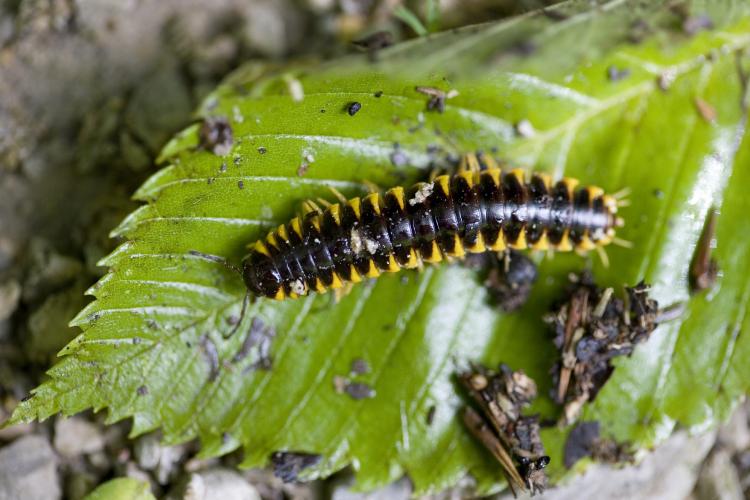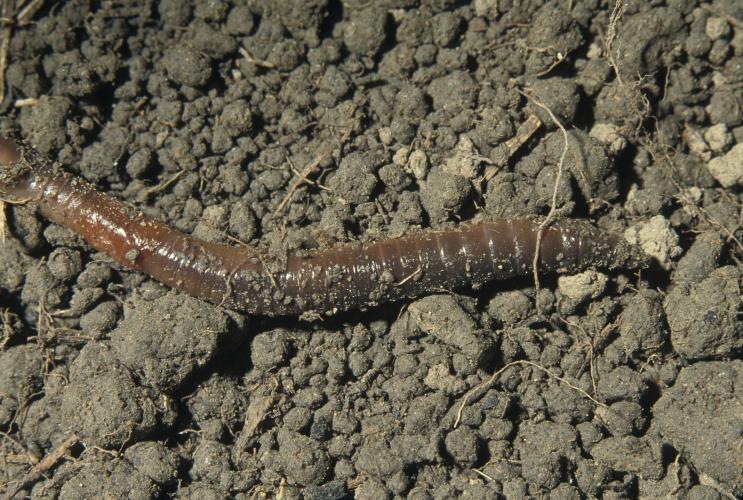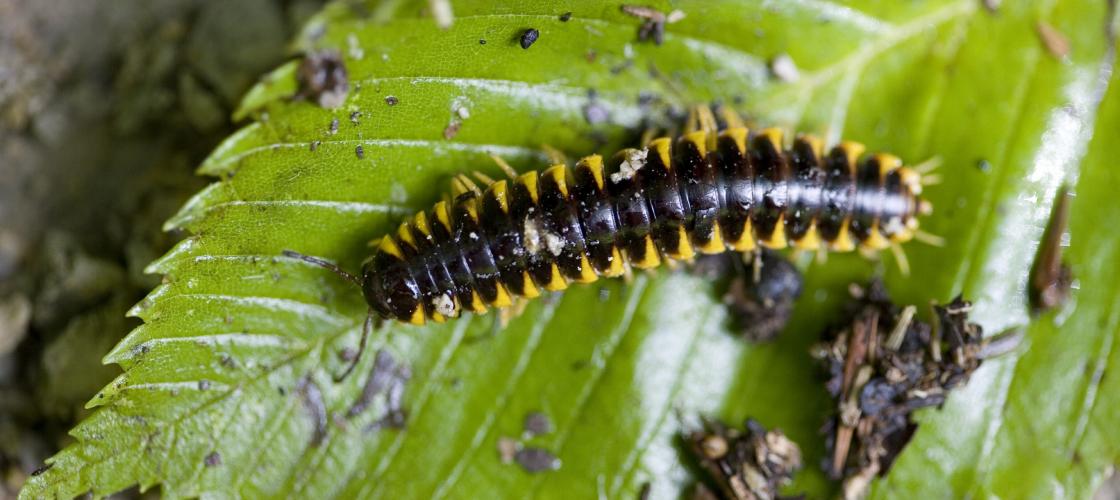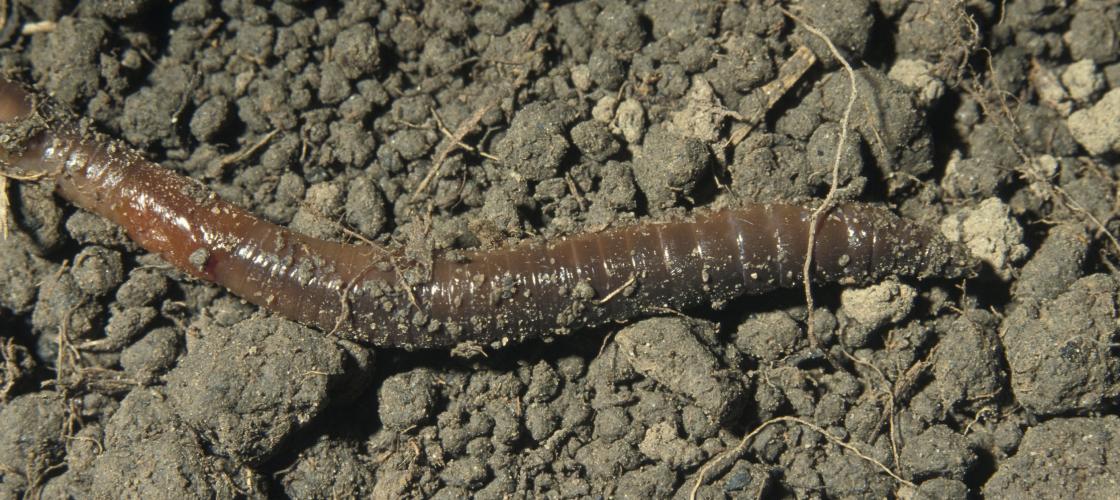Recycling is critical in our “throwaway society.” The same is true in nature.
Living things play one of three roles in their environments. Green plants are producers, trapping the sun’s energy in food. Most animals are consumers--eating the food provided by green plants. The third role--and one most overlooked--is that of the decomposers, or “nature’s recycling centers.”
Decomposers are a group of organisms that break down organic matter. They return carbon dioxide to the air and nutrients to the soil. Without them, dead plants and animals would pile up. The chemicals needed for life would not be available for living things. The storehouse of carbon dioxide, essential for the growth of plants, would be bankrupt.
Decomposers include bacteria, fungi, earthworms, millipedes and insect larvae. Billions of these organisms live in the top layer of the soil. Fungi and bacteria begin to break down leaves even before they fall. After leaves reach the ground, other bacteria and fungi feast on leaf tissue. Then earthworms and other invertebrates feed on bacteria and fungi.
Decomposers are essential to the earth--just like our recycling centers are to us.
The Chain
The decomposer is an integral part of nature's food chain. Here's how the food chain works:
- Energy from the sun is used by producers to make their own food. Producers are the first organisms eaten and the first to pass energy up through a food chain. Energy continues to be passed along a food chain when consumers eat producers and other consumers: herbivores, carnivores and omnivores.
- Animals that eat only plants are called herbivores. Water fleas, snails, tadpoles and beavers are herbivores found in pond ecosystems. They get all the energy they need by eating algae and other plants that are growing in, around and under water.
- As herbivores graze and forage for grasses, seeds and fruits, they must stay alert to the dangers of another consumer in the food chain—the carnivore. Carnivores are meat-eaters, and they hunt other animals for food. Carnivores eat herbivores. Carnivores also eat other carnivores.
- Herbivores and carnivores face different challenges when it comes to finding food that fits their plant or meat diets.
- Omnivores are the third type of consumer, and finding food may be less of a challenge for them. Omnivores eat both plants and animals.
- When plants and animals leave waste behind or die, bacteria, fungi and insects clean up. These special organisms are called decomposers. Decomposers are organisms that eat dead plants and animals. They digest and break down dead organisms into tiny nutrients which are then returned to the soil.




Recent Posts
























